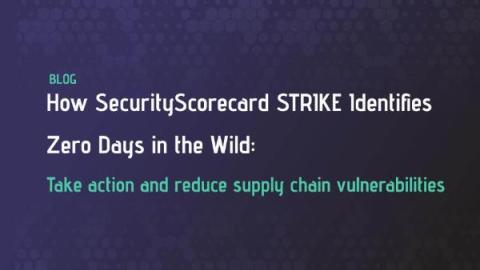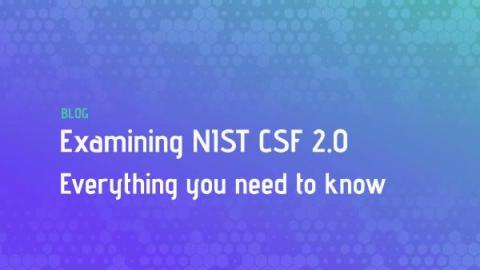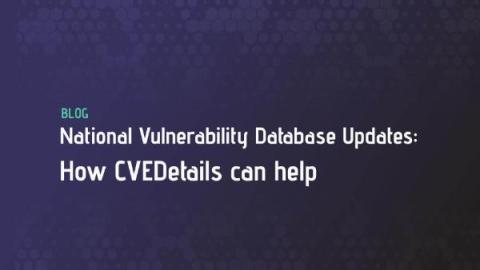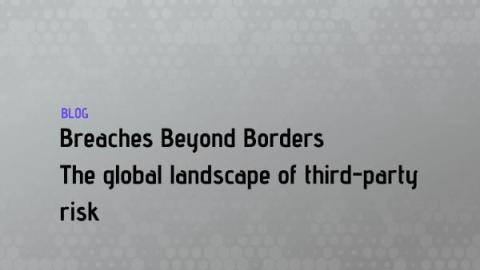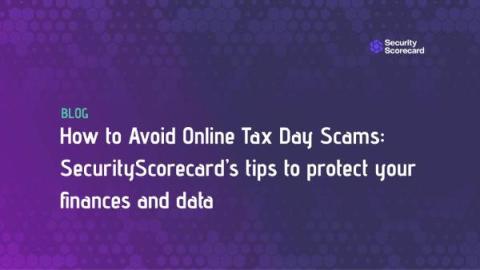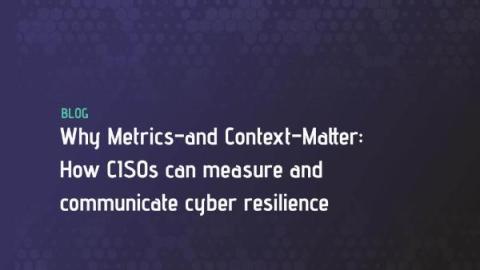How SecurityScorecard STRIKE Identifies Zero Days in the Wild
SecurityScorecard STRIKE threat researchers discovered 12 zero-days in customer environments in the last year. Attacks are increasingly targeting third-party software. The zero-day vulnerability that emerged in Progress Software’s MOVEit Transfer product last year was a stark reminder of the real-world impact of such vulnerabilities. It wreaked havoc on businesses and governments worldwide, with cyber criminals exploiting it since May of 2023.


